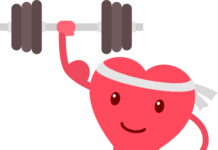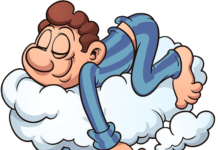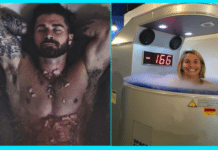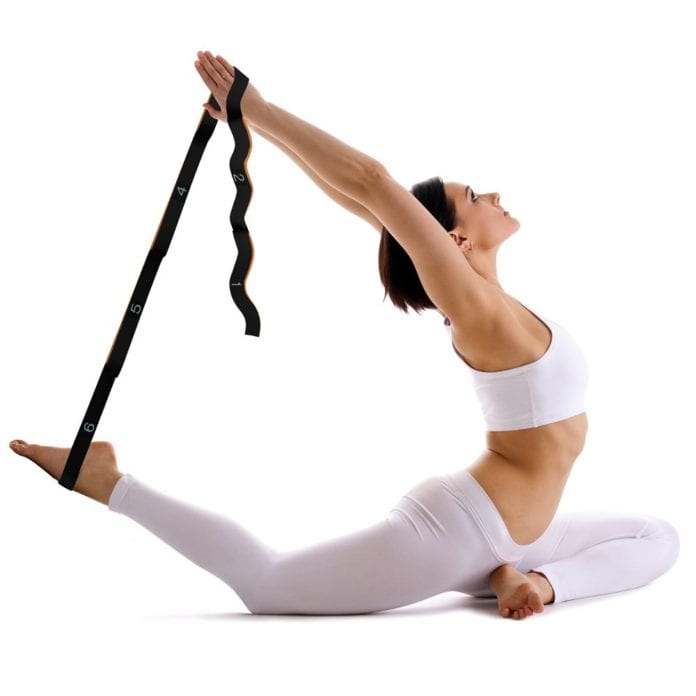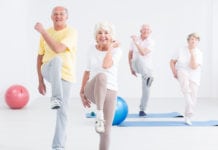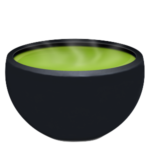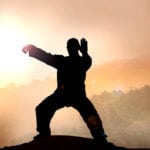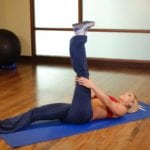Yoga straps or ties are terrific tools for practitioners who want to either deepen a stretch in their legs or soften the strain of stretching on their back. By using a strap, you can grab for your feet without compromising the upper or lower back, neck, or shoulders. For individuals with herniated discs, a yoga strap can bring back a relationship with stretching hamstrings that may have been halted due to contraindicated forward folding. If you do not have a yoga strap at home, any long, strong, flexible piece of material will work (i.e. a belt, robe tie, dog leash, towel). Here are three ways to stretch or restore your leg muscles with a yoga strap.
1.) Hamstring stretch. In this stretch, the individual would place the strap on the arch of the leg being used and gently pull the straps down and towards the face. By doing this movement at the same time you are pressing on the strap with your foot, you create an isometric tension that will help to open your hamstrings. It is important to note that overstretching hamstrings is not advisable, so keep a gentle bend in the knee. The opposite leg is either flat on the ground or bent at the knee with the foot on the ground depending upon what is most comfortable in your back. Be sure to keep head, neck and upper back flat on the floor. This stretch is a terrific alternative to seated or standing forward folds because it does not harm the lower back.
2.) Happy Baby. Happy Baby is an opening for both the outer hips and inner thighs. Additionally, some individuals find it opens the upper hamstrings as well. Place the strap on the arches of the feet, sliding them out to the sides and bending the knees. Like in #1, there will be isometric movement by pulling on the straps with the arms and pushing with the feet. It is important to note that the head, neck and shoulders will remain on the ground and if this alignment is not possible then the individual should do one leg at a time. Movement such as rocking side to side can increase or decrease the sensations.
3.) Hipstand. When sitting or standing for long periods of time, blood can pool in the lower legs and then requires active pumping to return to the heart for re-oxygenation. Hipstand is an inversion, which does this job for the legs through gravity and therefore is very restorative. Hipstand can be done without a strap, at a wall or with a strap for a bit of extra support.
All of these poses can be held from five breaths to two minutes. Be mindful of overstretching the legs and hips, and when tension arises in the stretch, turn to extra-long exhales to soften the stretch.







